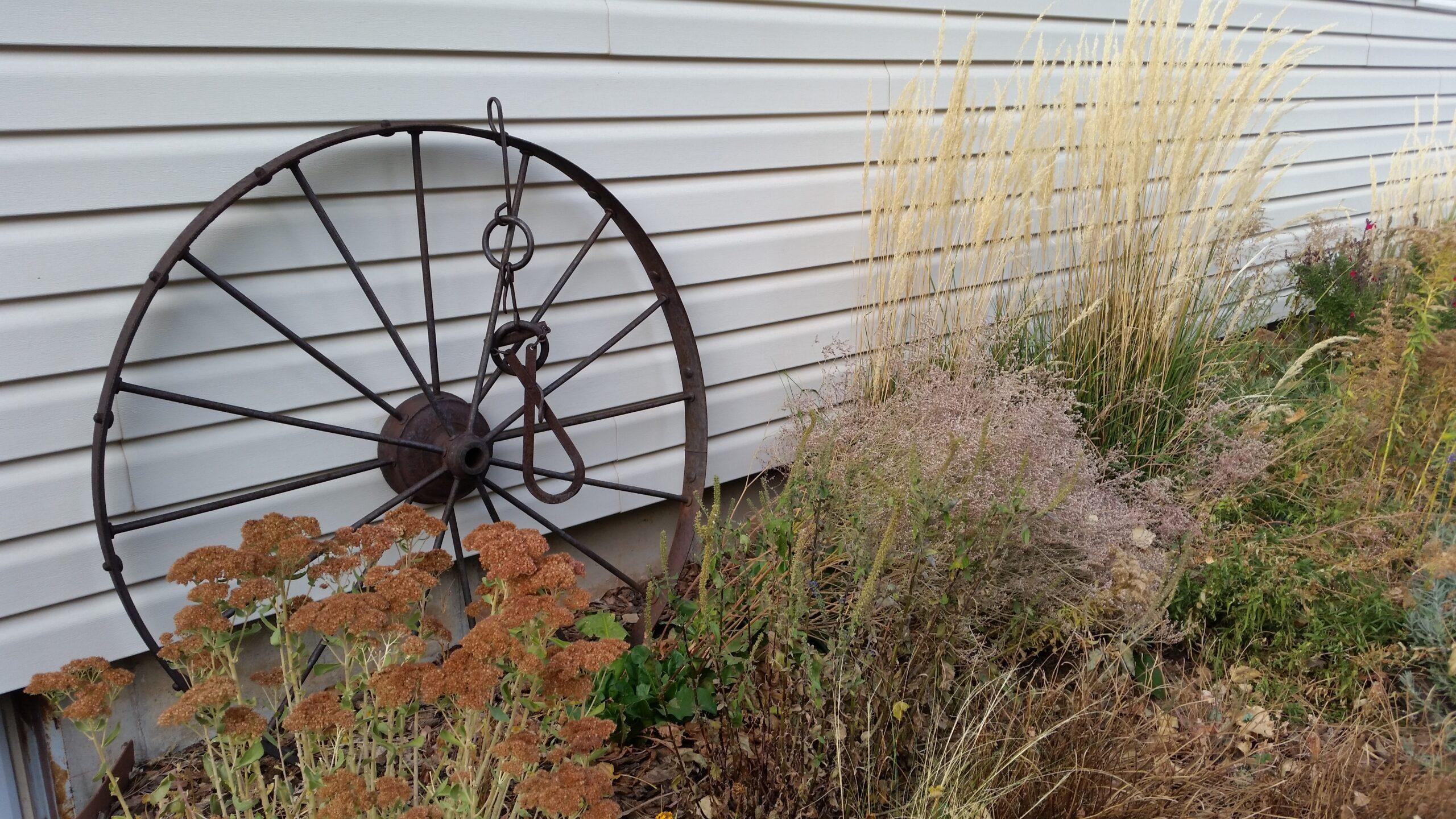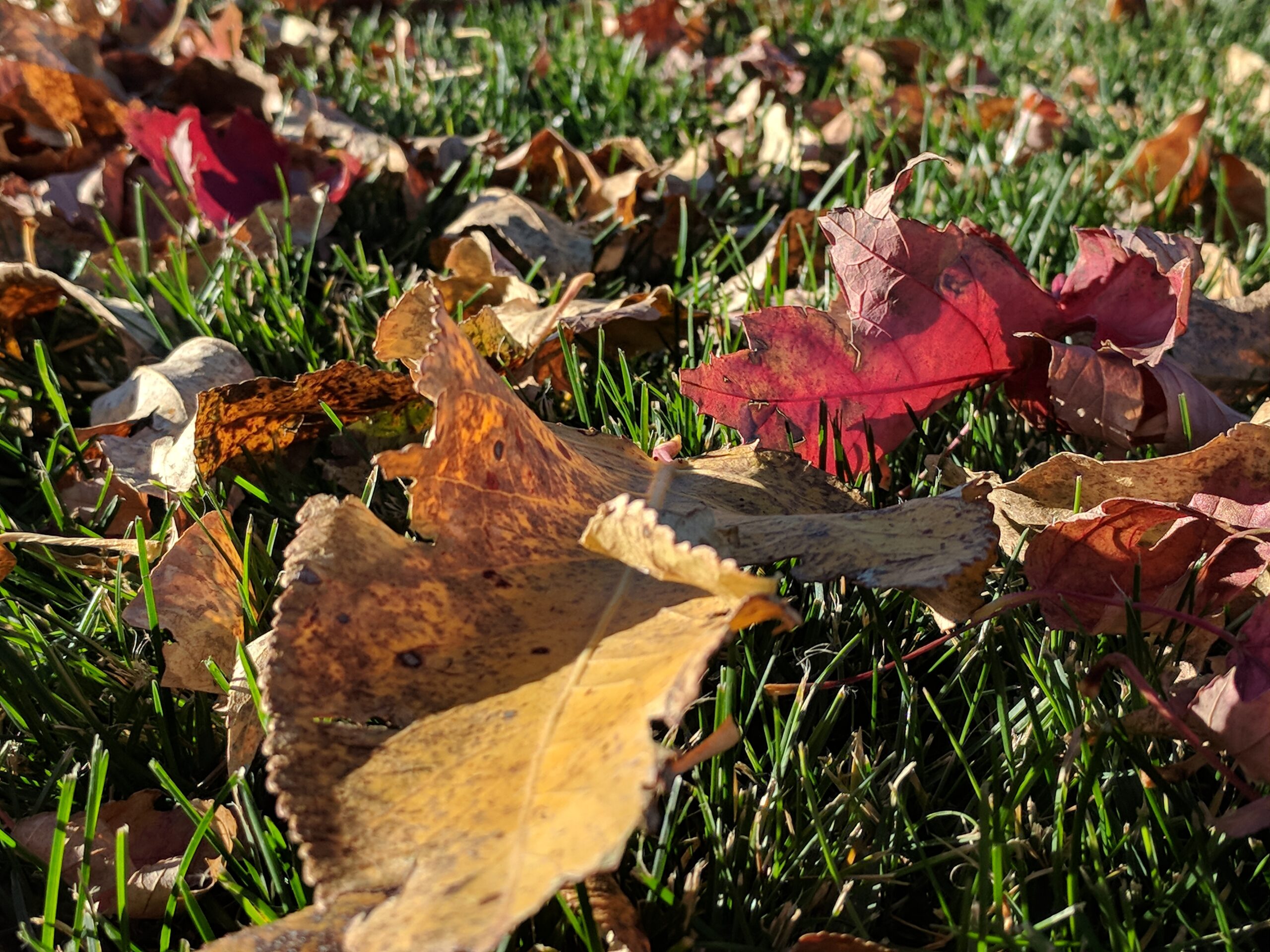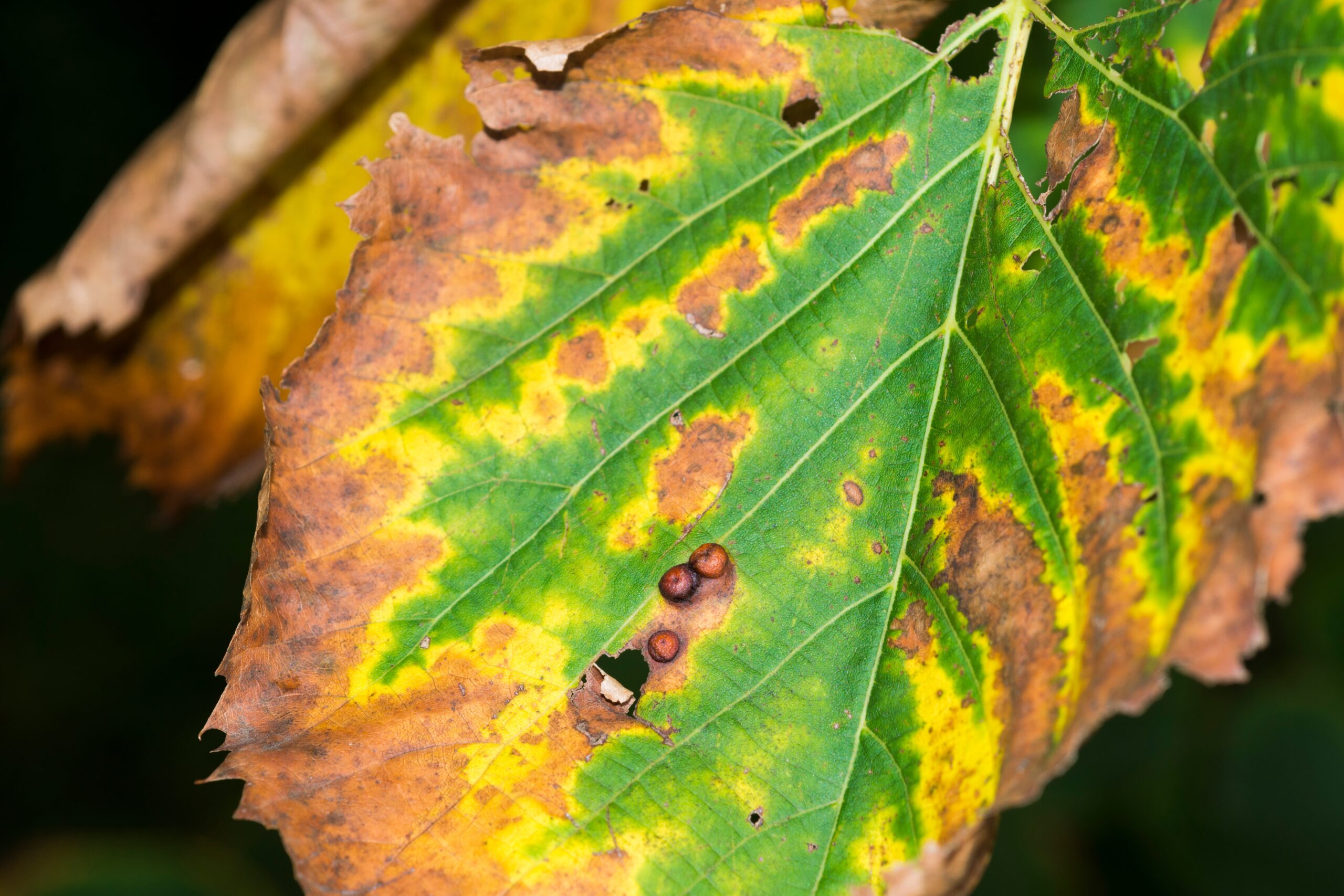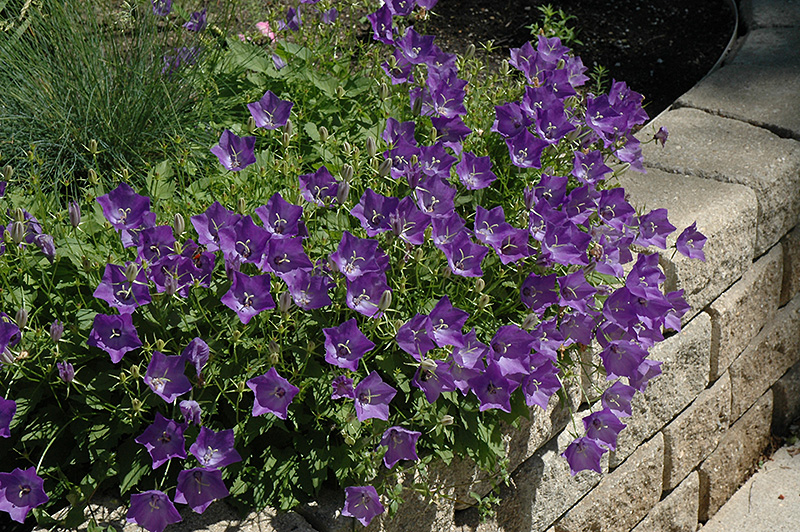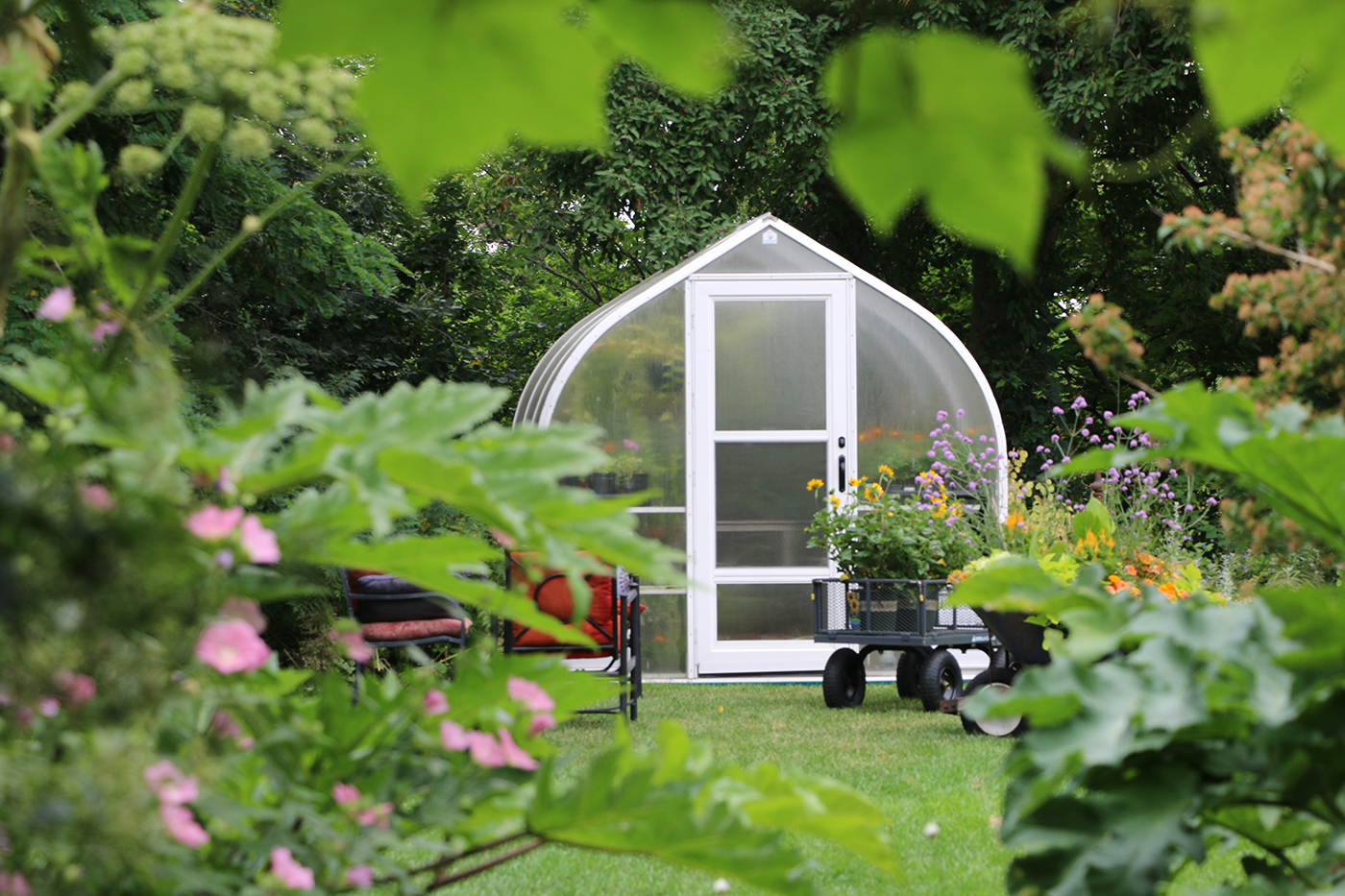As the gardening season is winding down, I’m convinced that my perennials are crying out for a little extra attention. A lot of our landscape plants have faced especially challenging times over the past couple of months with our ongoing drought and record-setting temperatures. And then grasshoppers arrived in what many gardeners called an invasion of Biblical proportions.
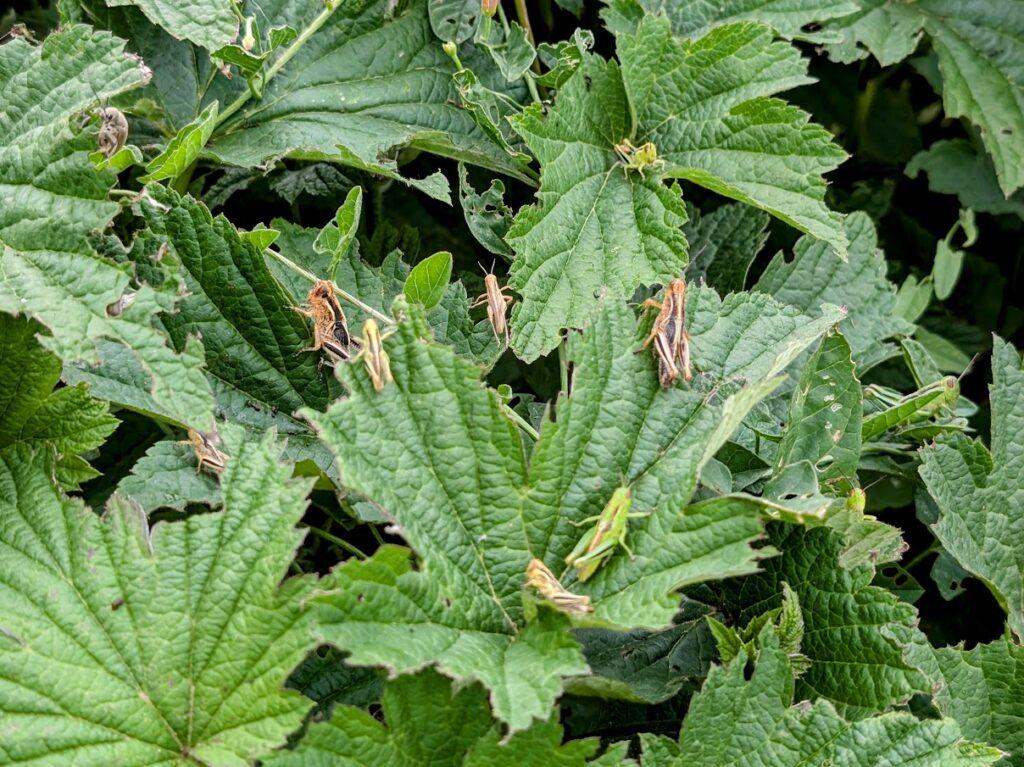
Not everyone experienced grasshopper hoards in their landscapes, but thousands of Front Range gardeners did. Tagawa’s Garden Advisors were flooded with calls and questions about these most unwelcome creatures that were stripping plants, including many perennials, right to the ground.
So, how can we show our perennials some extra love now?
Let’s start with the plants that are still pretty. One of the best things about perennials is their ability to survive even when most or all of their top growth is damaged. Some of the workhorses in my garden actually managed to bounce back after serving as a helpless buffet for the ‘hoppers.
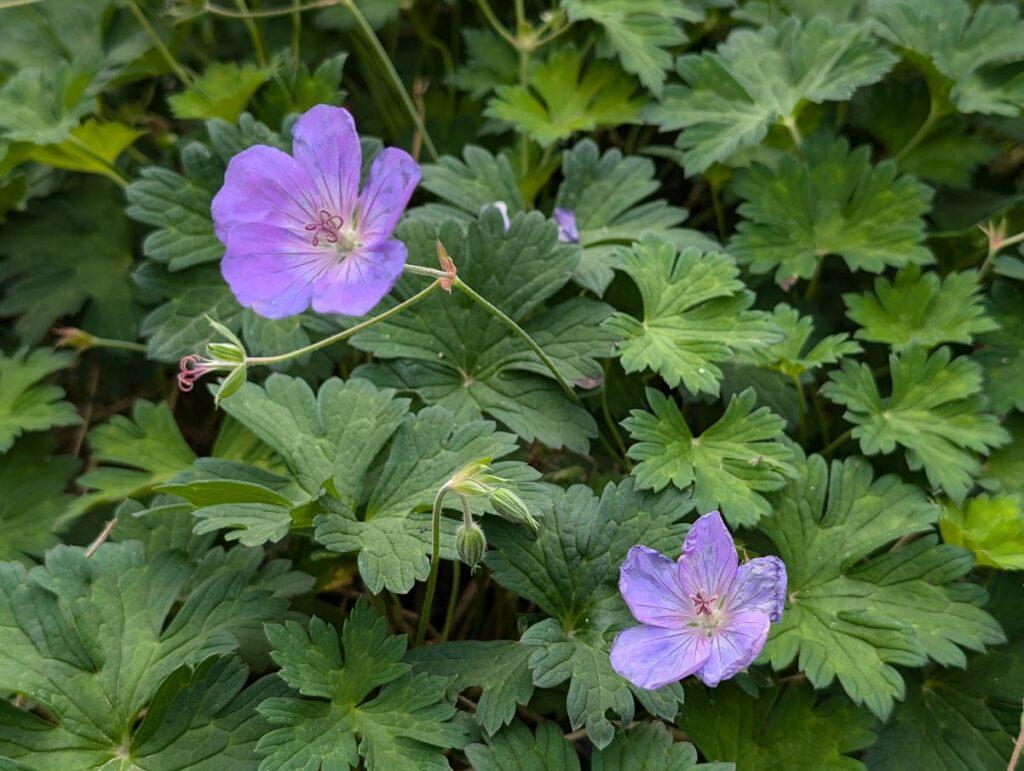
“Rozeanne,” a hardy geranium that I’ve always loved, was waving a white flag not that long ago, but just look at her now! She’s mid-summer lovely! I’m going to make sure that Ms. Rozeanne gets plenty to drink while she’s still this green and vigorous. She’ll tell me when it’s time to start backing off. I can’t neglect one of the prettier plants in my garden just because so many others are ready to head to the barn.
And speaking of watering…
Even the perennials that have definitely peaked and are beginning to fade will get some good deep drinks, too. I think of it as watering the root system rather than watering to keep the foliage going strong.
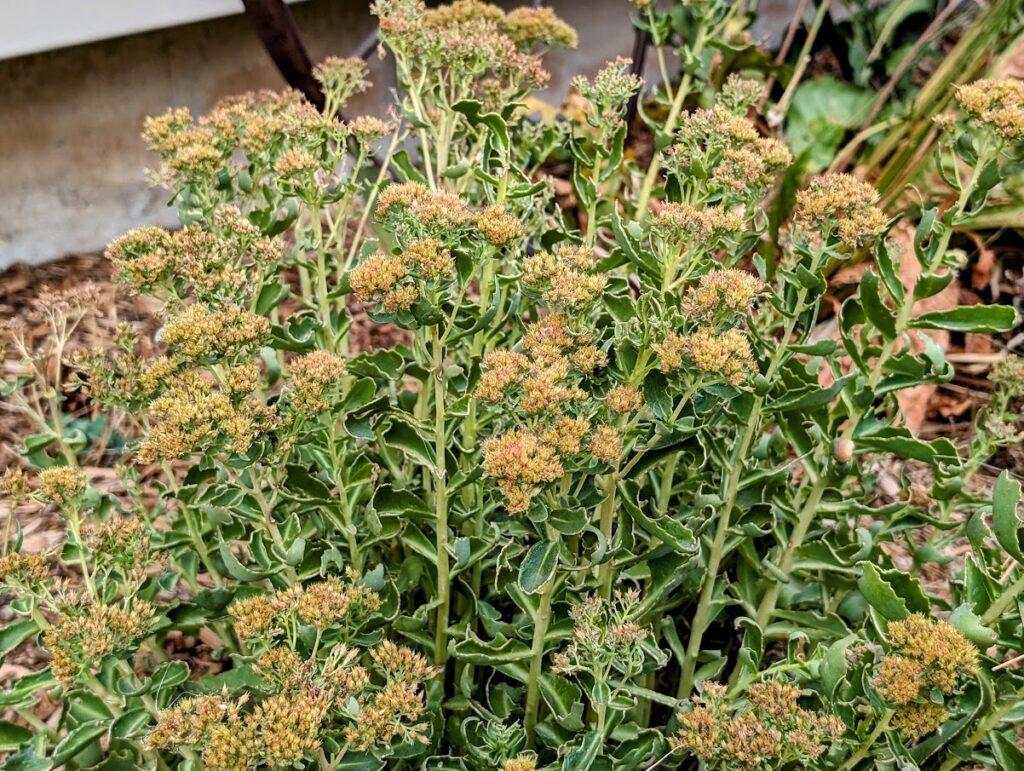
Sedums like this “Autumn Joy” put on their big show in late summer with richly-colored rusty red flowers. The color is gone now, but the green stems are telling me that they’re still able to carry water down to the root system to bulk it up for winter. My friend Linda at the Garden Advisor’s Desk suggests we get out our slow, easy sprinklers and deliver gentle moisture the way Mother Nature would do… if she weren’t delivering the ongoing drought we’ve been stuck in for so long.
This is no time to be cutting off the greenery!
As long as they’re green, the leaves and stems shown above still have plenty to offer. As that green tissue fades, it’s slowly sending all kinds of good energy to the root system. Like sufficient water, that late-season boost of energy goes a long way towards bulking up the roots to handle the cold weather ahead.
Try to leave most ornamental grasses standing
One of the best things about ornamental grasses is their “winter interest,” the way they look when they’ve collected just a bit of snow and gently bob and wave on crisp sunny days after the storm has passed.
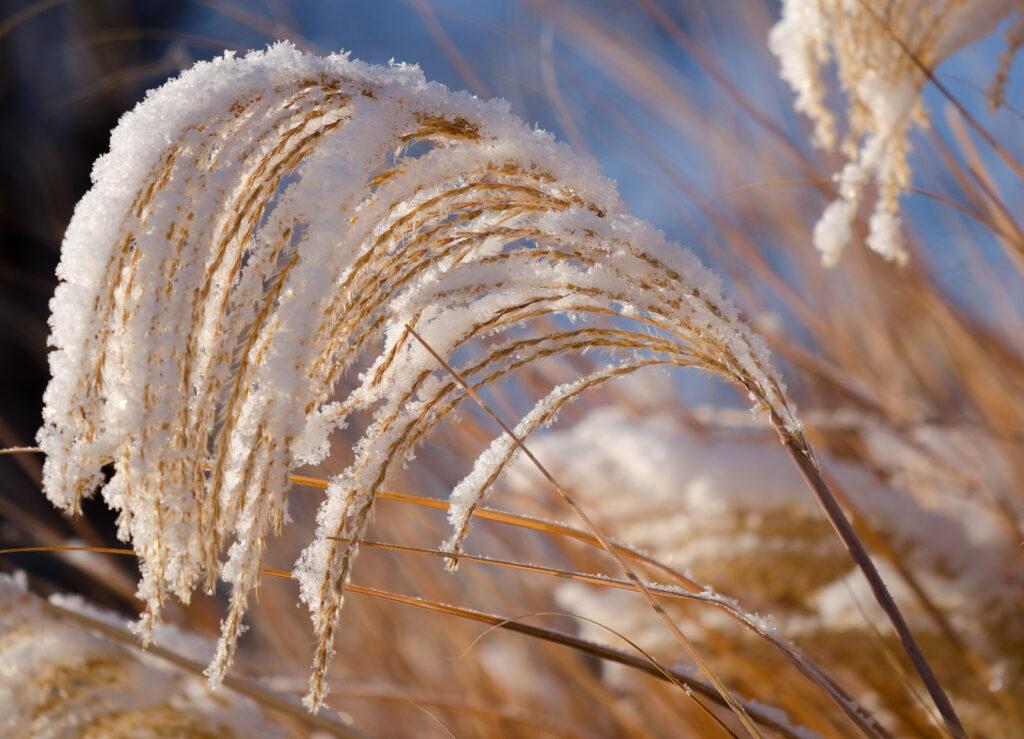
With our bright blue skies on so many winter days, Colorado is the perfect place for these grasses to show off! With luck, at least some of them will still be pretty by the time winter gives way to the earliest spring days when the tips of new green blades begin to emerge. That’s when it’s time to grab the pruners or hedge trimmers and cut back the old stems, before the new blades get too high.
Then again…
Some of my grasshopper-ravaged grasses simply aren’t worth holding on to, and for them, the kindest thing is to put that top growth out of its misery and hope for better things next season.
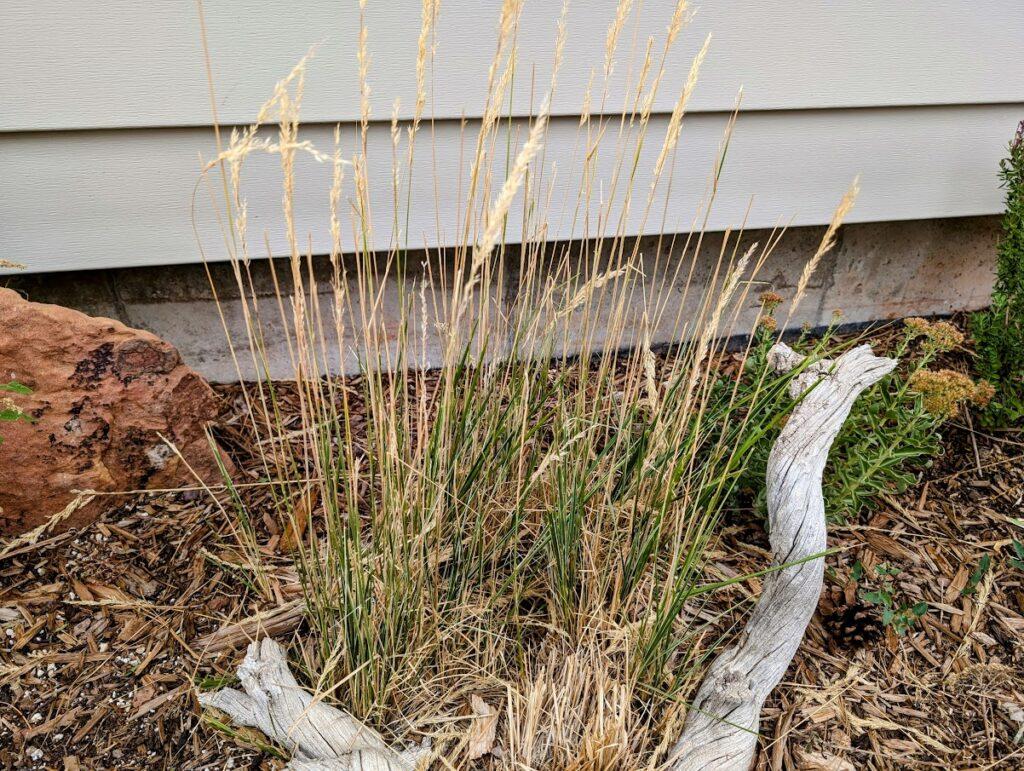
This poor Karl Foerster seemed to be one of the grasshoppers’ favorite plants. They chewed the life out of the stems and left only a few seedheads. This top growth is coming down, but I’ll still give it a few slow deep drinks before full dormancy sets in.
Should we be boosting our perennials with some late-season fertilizer?
In a word, no. This is not the time to be pushing our perennials to grow and put out new foliage when the cooling weather and the diminishing daylight are telling them just the opposite. Wait for the first signs of new growth in the spring and then apply a gentle slow-release plant food that they’ll be ready to put to work. Note: most native plants don’t need and generally don’t want to be fed. They’re usually better off “roughing it.” That’s what they’re used to. If you have any questions about the best treatment for your natives, I’d urge you to visit our Master Gardeners at the Garden Advisor’s Desk.
A few words about mulch
Mulch comes in many different forms, such as shredded bark (my personal favorite), pine needles, or pea gravel, layered a couple of inches deep over any bare soil in a garden bed. Unless your perennial beds are very densely planted, mulch can be extremely helpful in blocking weeds and keeping the soil more evenly moist. But for the record, fluffing or adding to the mulch as we head into winter is not about keeping the plants warm. It’s about keeping their roots cool.
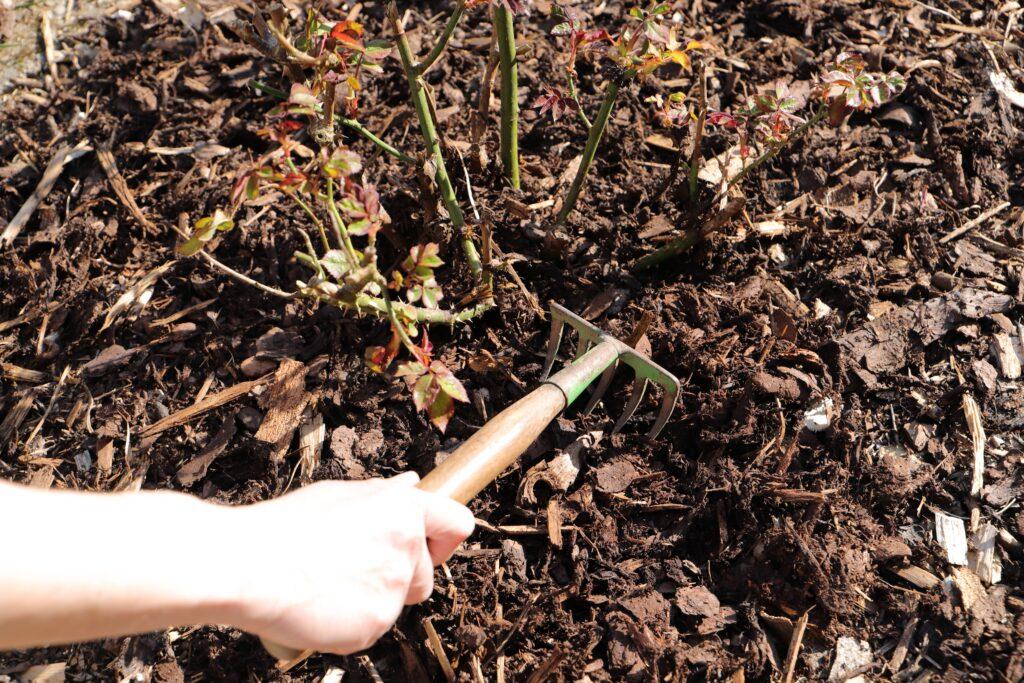
You know how our mid-winter weather can be: snow on the ground but a lovely warm, even hot sun that prompts us to shed our long sleeves and jackets. Without mulch, those same warm temps can heat up the soil and prompt perennials to “heave” out of the ground as if spring has sprung. Mulch keeps the soil cold enough to avoid Mother Nature’s trickery and discourage the plants from breaking dormancy way too soon.
A word about pine needles
Here’s a myth buster for you: pine needles do not acidify the soil. It’s just not true. So if you have an abundance of pine needles as our trees begin a seasonal shed (when the most interior needles turn brown and drop), not to worry!
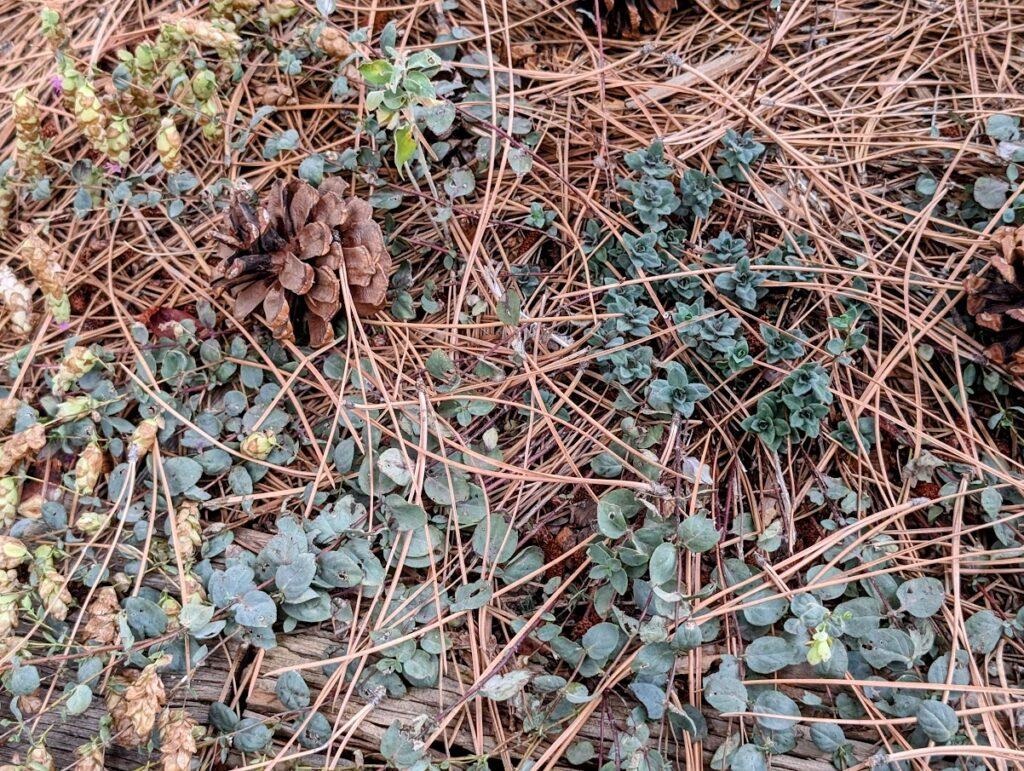
Pine needles make excellent mulch! I’ll pull away the pine needles collecting on this Hopflower oregano, especially if they begin to stack up. I don’t want them on my plants, but settling them around the plants is an excellent use of a free resource.
Bottom line?
If possible, hold off pruning your perennials until all of the top growth has died back. Even then, certain plants that offer shelter or food for wildlife, including desirable insects, can be left standing until spring.
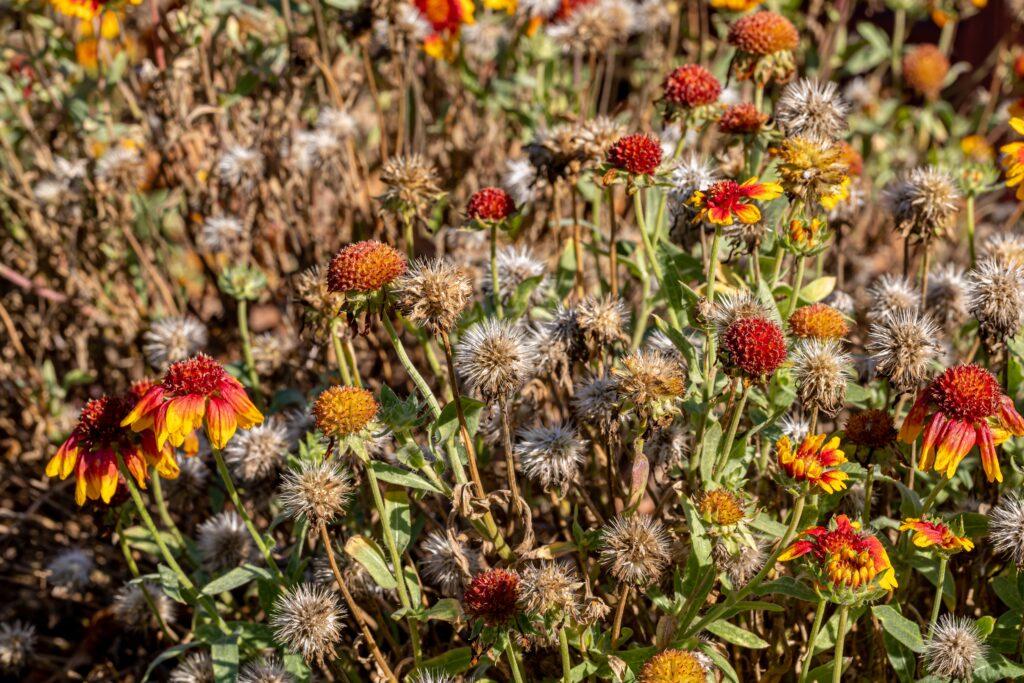
Plants like the gaillardia (Blanket Flower) shown above have wonderful seedheads that will draw lots of the smaller song birds to your winter garden.
Give your perennials some good, deep drinks while the ground is still warm. That goes for newer (two to three-seasons in the ground) trees and shrubs, too. I’ve emphasized extra care for perennials here because they’ve taken such a hit from the weather and grasshoppers this season, but extra water for all of our trees and shrubs will give them an excellent send-off into dormancy, too.
Double-check your mulch. Fluff or refresh it to make sure it’s evenly distributed so it can give your perennials that extra protection they need.
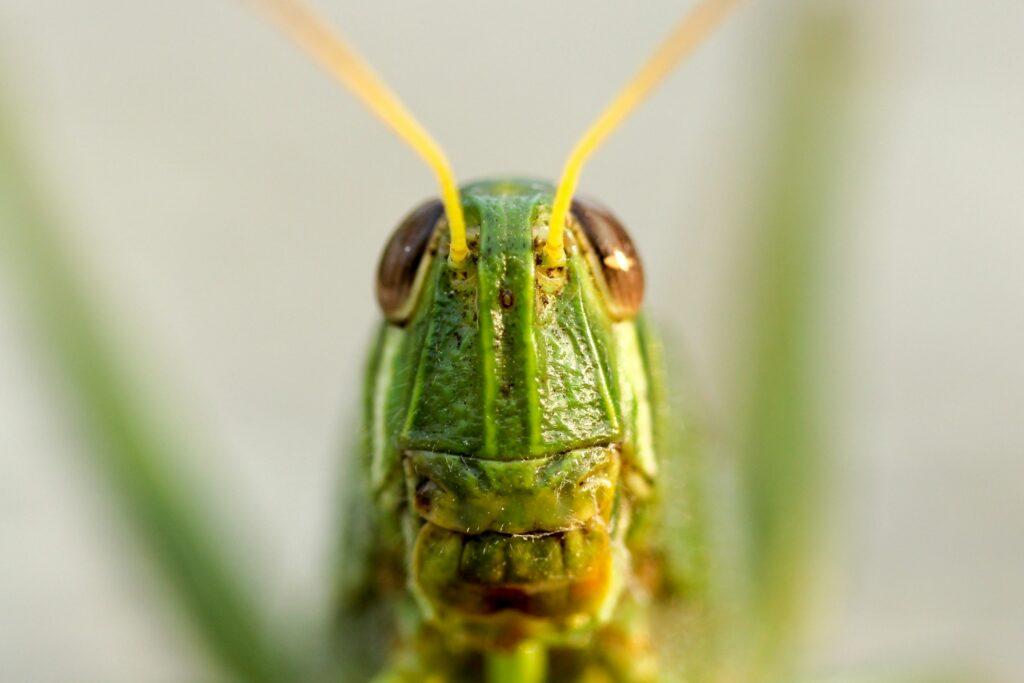
And as a personal favor, cross your fingers and toes and hope that this year’s grasshopper onslaught doesn’t repeat itself next year! I mean really… Is that face the stuff of nightmares or what?!
